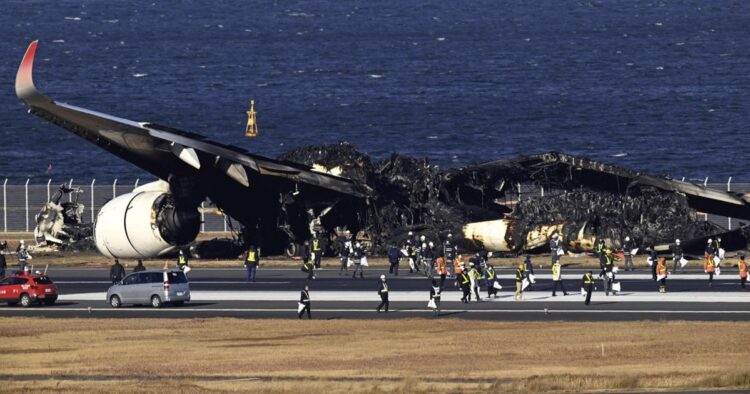In response to the recent Japan Airlines crash at Haneda Airport in Tokyo, the Directorate General of Civil Aviation (DGCA) in Bharat has taken proactive steps to enhance runway safety and prevent similar incidents from occurring. On Monday, the DGCA issued an Air Safety Circular outlining mitigation strategies for Runway Incursion Risk, aiming to bolster safety measures across Bharat airports.
The circular, crafted after a thorough review of existing safety protocols and analysis of aviation safety data, underscores the importance of comprehensive training for key personnel involved in airport operations. This includes pilots, air traffic controllers, aircraft maintenance engineers responsible for clearance to taxi, and drivers operating within airport premises.
Emphasizing the criticality of adherence to standard procedures, the circular urges all stakeholders to ensure strict compliance with established protocols. Additionally, it advocates for the adoption of technological interventions to enhance situational awareness, aiding air traffic control and other stakeholders in identifying traffic within the maneuvering area.
One significant aspect highlighted in the circular pertains to the activation of stop bars by air traffic control. It mandates that stop bars must be illuminated to signal a halt and switched off to indicate the clearance for traffic movement. Under no circumstances should aircraft or vehicles be directed to cross illuminated red stop bars. Contingency measures are also recommended for instances where stop bars are unserviceable.
Recognizing the impact of human factors on performance, the circular advocates for the establishment of Runway Safety Teams at all aerodromes. These teams are tasked with ensuring effective coordination and communication to minimize the risk of runway incursions.
Despite a decreasing trend in the rate of runway incursions, the DGCA underscores the importance of maintaining a proactive approach among all stakeholders to further mitigate risks. By adhering to the actions specified in the circular and fostering collaboration across the aviation ecosystem, the risk of runway incursions can be significantly reduced.
The issuance of this Air Safety Circular marks a significant step towards enhancing aviation safety in Bharat, underscoring the DGCA’s commitment to proactive risk management and continuous improvement in runway safety protocols. With the collective efforts of regulators, operators, and personnel, Bharat aims to uphold the highest standards of safety in its aviation sector, ensuring the well-being of passengers and the integrity of air travel operations.

















Comments